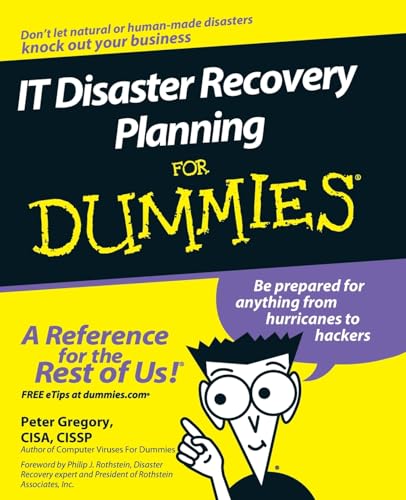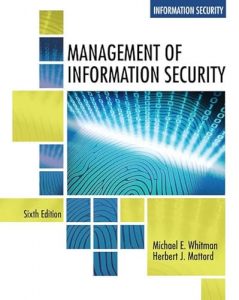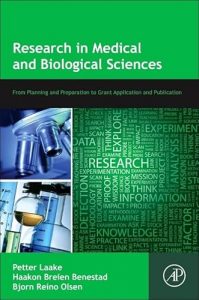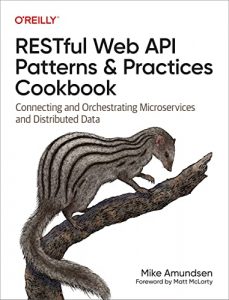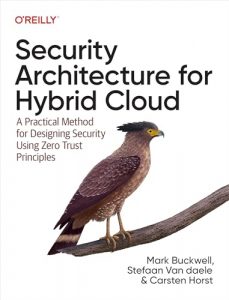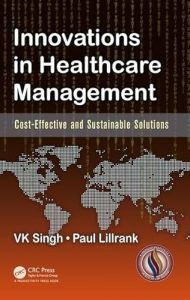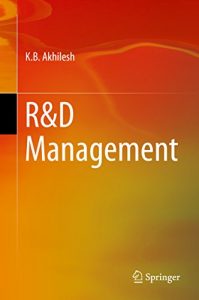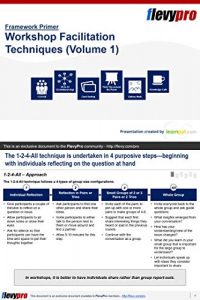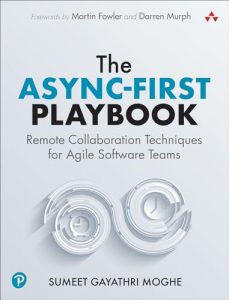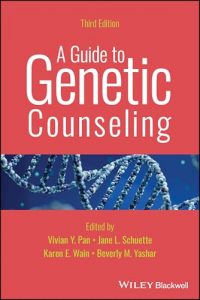1. IT Disaster Recovery Planning For Dummies
This book by Peter H. Gregory and Philip Jan Rothstein is an essential manual for anyone looking to safeguard their business against unforeseen IT disasters. It simplifies complex concepts, making it accessible for readers with varying levels of expertise. This guide offers step-by-step plans that can be tailored to fit any organization, ensuring IT continuity and rapid recovery. The authors emphasize practical strategies and straightforward procedures, making it not just a read, but a reference guide. With the increasing frequency of cyber-attacks and natural disasters, this book is a must-read to keep your business secure.

2. Business Continuity and Disaster Recovery Planning for IT Professionals, Second Edition
In this comprehensive guide by Susan Snedaker, you will find an indispensable resource for IT professionals focused on ensuring continuity and effective disaster recovery. This second edition expands on vital concepts and processes essential in today’s fast-paced digital world, providing updated methodologies alongside practical case studies. Readers will gain insights into developing robust recovery strategies, making it invaluable for both new and experienced professionals. Given the relentless nature of potential business disruptions, this book deserves a prime spot on your shelf.

3. The Disaster Recovery Handbook: A Step-by-Step Plan to Ensure Business Continuity and Protect Vital Operations
Authored by Michael Wallace and Lawrence Webber, this handbook serves as an essential blueprint for creating effective disaster recovery plans tailored to your organization. The clear, step-by-step approach helps teams develop strategies that protect operations, facilities, and assets in case of disruptions. Its practical methodology allows readers to navigate through recovery planning seamlessly, ensuring that organizations can maintain a competitive edge through resilience. This handbook is a must-have for any business striving for sustainability.

4. Disaster Recovery Planning: Preparing for the Unthinkable
Jon Toigo’s work focuses on preparing organizations of all sizes for potential disasters—emphasizing that recovery planning is not just a safety measure but an essential component of strategic planning. This book delves into risk analysis, recovery strategies, and critical tools needed to manage unforeseen situations. Toigo’s engaging writing style and practical recommendations ensure that readers will walk away with actionable insights to strengthen their disaster recovery framework. As a forward-thinking professional, having this knowledge is not just beneficial; it’s crucial.

5. IT Business Continuity Documents
Ivan Cordero has crafted an approachable yet comprehensive book that provides organizations with the documents needed for effective IT business continuity. This guide covers various forms and templates essential for planning and managing recovery tasks. Readers will find clarity in creating standardized documents that streamline the continuity process, vital for maintaining operations in crisis scenarios. With its easy-to-follow format and diverse examples, this book is highly recommended for anyone involved in business continuity planning.

6. Disaster Response and Recovery: Strategies and Tactics for Resilience
David A. McEntire’s book stands out for addressing both disaster response and recovery, providing strategies and tactics that enhance resilience. This detailed guide emphasizes the need for organizations to prepare for, respond to, and recover from various disasters effectively. McEntire combines theory with practical advice, ensuring that readers can apply his methodologies in real-world situations. Ideal for decision-makers and emergency management professionals alike, this book is an essential resource in developing a comprehensive response strategy.

7. Planning for Post-Disaster Recovery and Reconstruction
In this enlightening read by James Schwab, Jim Schwab, and contributions from the American Planning Association and FEMA, readers gain insight into the frameworks necessary for effective post-disaster recovery planning. This book provides a thorough analysis of recovery operations with an emphasis on the significance of strategic planning. Furthermore, it equips readers with the knowledge to reconstruct communities post-disaster, making it an essential guide for planners and policymakers committed to resilience and recovery.

8. Principles of Incident Response & Disaster Recovery
In this MindTap Course List book by Michael Whitman and Herbert Mattord, readers will find key principles of incident response intertwined with disaster recovery techniques. This is an essential resource for students and professionals aiming to deepen their understanding of effective incident response strategies. With a focus on theoretical foundations and practical exercises, this book prepares readers to respond adeptly to incidents, ensuring comprehensive disaster recovery plans are in place.

9. Healthy, Resilient, and Sustainable Communities After Disasters
This compilation by the Institute of Medicine focuses on the vital components of community health and resilience post-disaster. It outlines strategies for rebuilding communities to be healthier and more sustainable while emphasizing collaborative planning. The interdisciplinary approach makes it ideal for health officials, community planners, and policymakers. In a world where disasters are increasingly common, this book is essential for fostering resilient communities.

10. Planning for Post-Disaster Recovery: A Review of the United States Disaster Assistance Framework
Gavin Smith’s work is key for understanding the disaster assistance framework in the U.S. This book offers a thorough review of policies and practices that shape recovery efforts post-disaster. It covers legislative and institutional frameworks while also providing critical insights into future improvements. As a resource for recovery practitioners, it is indispensable for effectively guiding post-disaster planning activities, ensuring that organizations are better equipped for recovery.


